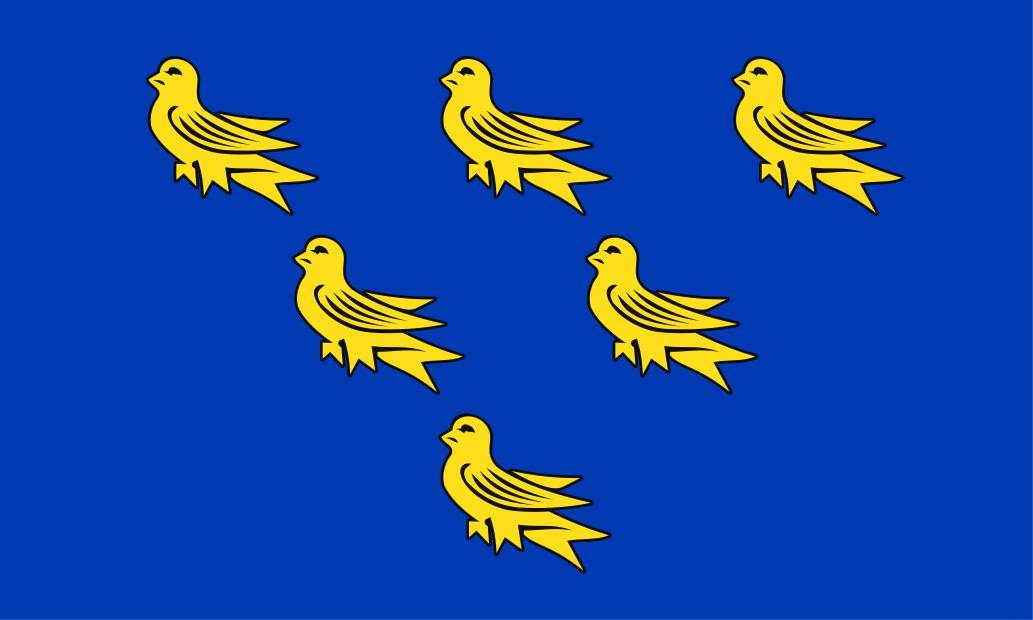Sussex on the south coast is the county of the South Downs and the sea. It was once a Kingdom, until overwhelmed and absorbed in the ninth century.
Its coastline is more than 80 miles long, with sandy beaches almost unbroken along its whole length from Chichester Harbour to Camber Sands, and all along it is dotted with towns, both seaside resorts and more practical places. Rising above the beaches, the South Downs stretch almost the length of Sussex, from the Hampshire border to Beachy Head.
The coastal strip of Sussex squeezed between the South Downs and the English Channel are what makes “Sussex by the Sea” so famous. Here are a long string of beach resorts including Bognor, Worthing, Hove and of course Brighton, the most famous of them all. Past Beachy Head lie Eastbourne, Bexhill-on-Sea and Hastings.
Brighton is a most remarkable town. Its beachfront is the quintessential seaside resort, with two pleasure piers (albeit that one went on fire a few years ago leaving the Palace Pier without competition for now), and the rest of the town has a greater range of eccentric shops than anywhere else. In its heart is the higgledy-piggledy maze of The Lanes, and behind it the rampant indo-chinoiserie of King George IV’s seaside palace, the Brighton Pavilion.
Hastings is a well-to-do seaside town and resort. Looming over it on are the remains of the castle William the Bastard built on landing on his way to become the Conqueror at Senlac Hill, now the village of Battle, six miles to the north-west.
Above the seaside towns the Downs rise sharply, and here Sussex shows some of its greatest glories. The chalk can make a great rolling wave, falling into the sea in spectacular white cliffs as at the Seven Sisters and Beachey Head. The open grassland is fine sheep country, or elsewhere the clay feeds rich broadleaved forest. Inland the Weald is a hilly district of woods and coombes, the remains of the great forest which covered much of the South East.
The inland towns of Sussex include the outer edge of the London commuter belt and Crawley, an industrial town serving Gatwick Airport just over the border in Surrey. The county town is Chichester, which lies at the western end of Sussex. Chichester is a modest cathedral city, sitting on a Roman foundation (the Roman wall is still visble in places) and centred on a mediæval market cross. Chichester Harbour (a top yachting haven) is a large natural harbour, by far the biggest in Sussex and a contrast to the smooth stretch of the rest of the county’s coast.
County Facts
County Town: Chichester
Main Towns: Arundel, Battle, Bexhill-on-Sea, Bognor Regis, Brighton, Chichester, Crawley, Eastbourne, Lewes, Hastings, Horsham, Hove, Midhurst, Rye, Southwick, Worthing.
Main Rivers: Arun, Adur, Cuckmere, Ouse, Rother.
Highlights: Battle; Brighton – Royal Pavilion, Grand Hotel, Palace Pier; Hastings castle; South Downs.
Highest Point: Blackdown Hill, 918 feet.
Area: 1,458 sq miles
County Flower: Round-headed Rampion
County Day: 16th June (St Richard’s Day)



